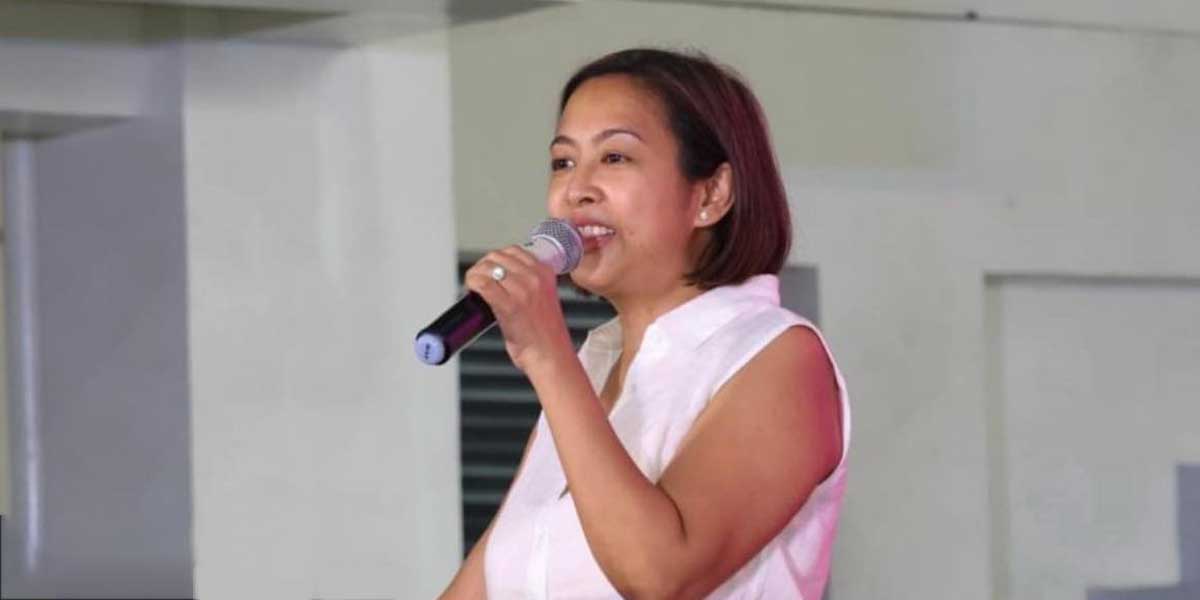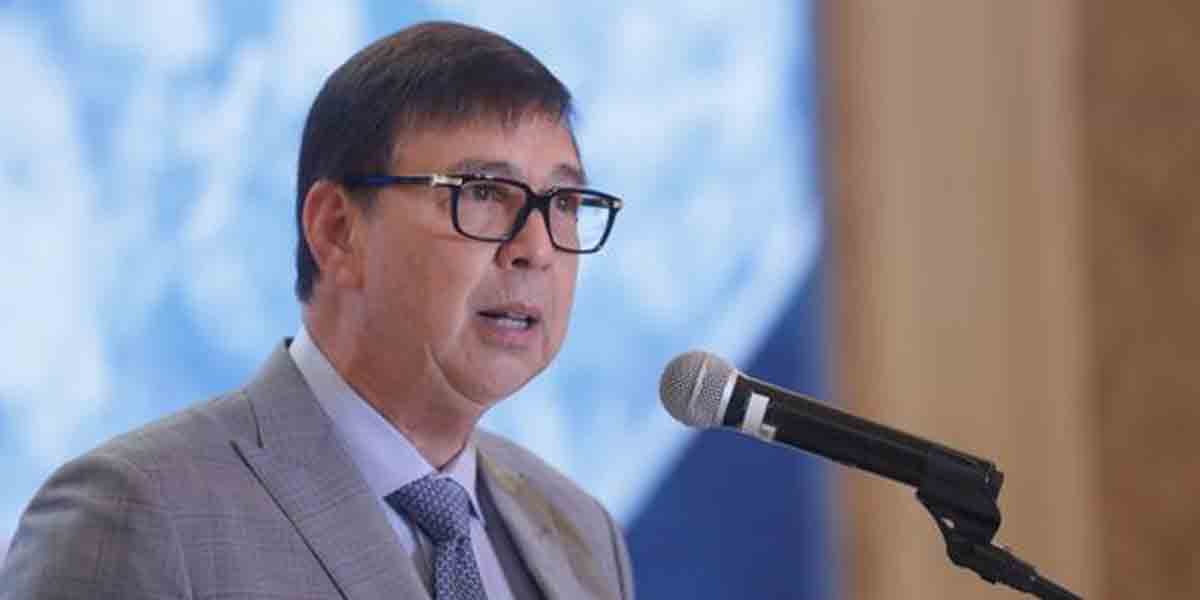 By Modesto P. Sa-onoy
By Modesto P. Sa-onoy
Trivialization of the Holy Eucharist is perhaps too strong a word to describe the reason for the decline in the way Catholics act in the presence of the Sacred Host. But with what word can we call the way many behave in the presence or in the reception of the Sacred Host?
The other day, I cited the case of a Swiss bishop who gave Holy Communion to three Protestants whose doctrines do not believe that the Eucharist is the Body and Blood of Christ. If many Catholics take for granted the Sacred Host, can we expect these Protestants to consider the Host they received as the Body and Blood of Christ?
At one time in the US my Episcopalian host invited me to attend their Sunday service where they also gave out bread and wine but it was more for the re-enactment of the Last Supper but did not perform as Catholics do in consecration that transubstantiated the bread and the wine into the Body and Blood of Christ.
I was once a speaker in Church history in a gathering of Aglipayan bishops, priests and leader and they held the “Mass” and an imitation of the consecration of the bread and the wine but there could not be transubstantiation because they had no power to do so as their church did not come from Apostolic succession.
Despite the offer that I also receive their “communion” I declined because I would be giving credence to what I believe was an imitation. It was not to give offense but to reiterate my Catholic faith.
Although we can understand the importance of adapting to the modern world, there are things that are beyond the temporary and easily undermined by modernization. A few years ago, I learned that one of the reasons for the decline of vocations in the priesthood and in the religious life, was the uncertainties brought about by the continuing changes in the Church. One writer was specific – the moment the religious sisters changed their habits into modernized dresses, vocations for the women religious life likewise waned.
The beauty of the Catholic Faith lies in its liturgies that are rich in symbols and meanings. Every movement of the priest in the Mass has reason that makes the Mass a celebration unique from any other. Indeed, it is the highest form of prayer. Sadly many take the Mass for granted because quite often the celebrating priest lacked a sense of the sacred and the sublime. He appears to be in a hurry, mumbling along the way. Under this circumstance, how can the celebrating priest infuse the sense of the divine in the faithful? This is one reason that many Catholics attend Mass elsewhere, even a bit far from their parish church because they needed spiritual sustenance that only the Holy Mass can give.
I learned more and more priests around the globe are going back to Latin Mass or Tridentine Mass adopted by the Council of Trent in 1570. It is also called ad Orientem because for centuries the Christians of the Western World faced the east when they prayed. The present form of the Mass is called Novus Ordo or new order promulgated by Pope John XXIII in 1962. The liturgy of this Mass are now in English and local language. Pope Benedict XVI allowed a limited use of the Tridentine Mass in 2007.
The richness and solemnity of the ad Orientem Mass is so that it carries with it a certain level of the mystery of our salvation and more symbolism than the Novus Ordo which has its own merits, like the faithful knowing what the priest is praying. But there are missals with translations, and catechisms and homilies that can explain. Sadly many prayers of the ad Orientem had been deleted. And the mystery is gone.
Of all the seasons of the ecclesiastical calendar the Holy Week has the most traditions that are symbolic and intense. But the changes in the liturgy and devotions that sadly I personally find less inspiring had left the faithful with less reasons for piety. Of course, devoutness is an individual choice but it can be inspired more by example than lecture.
Continued tomorrow.




















